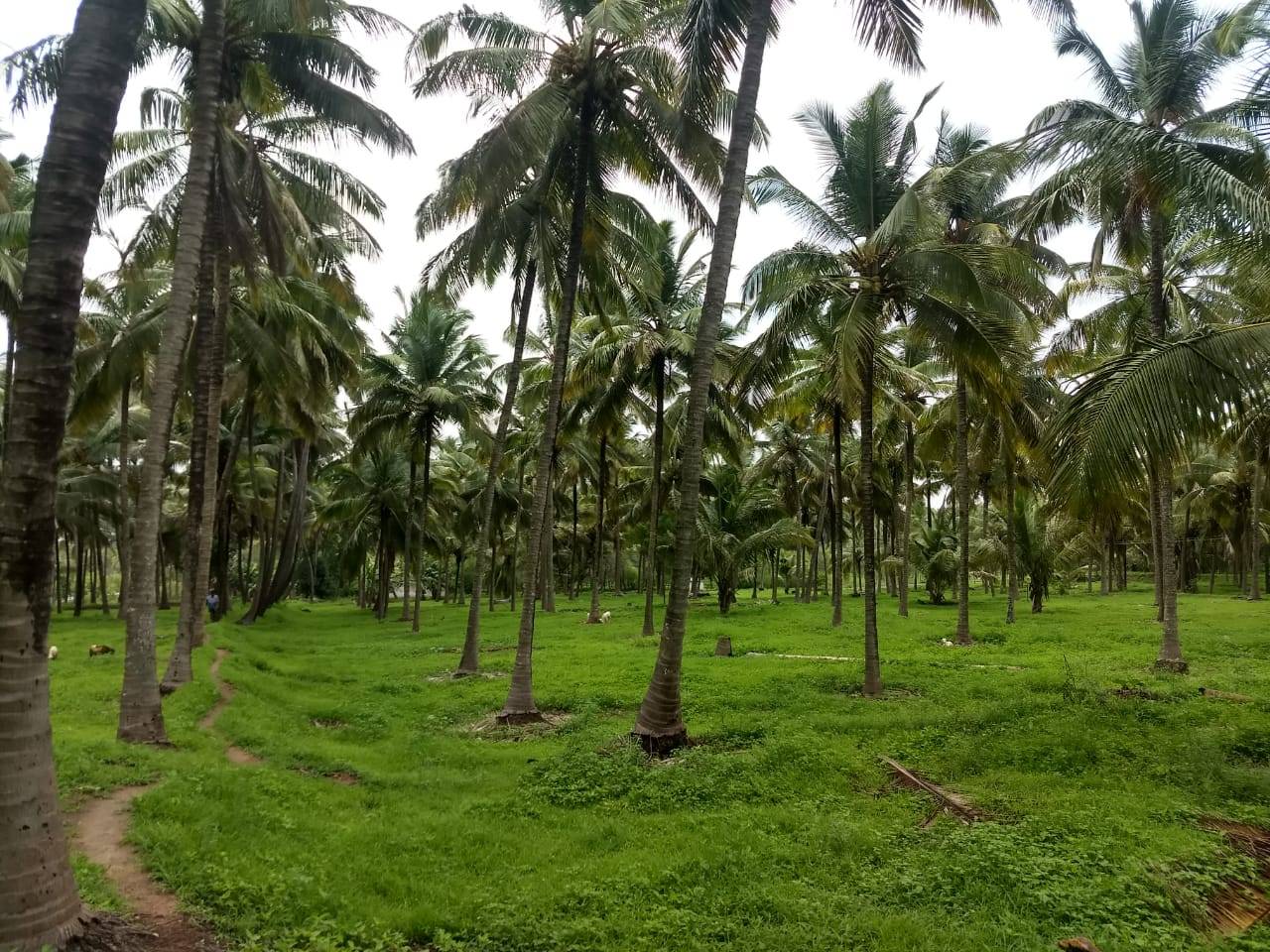
V Hakeem is up by 2 a.m. He then walks almost a kilometer to his coconut grove, where he wakes up his eight migrant workers. And they start working on his dairy farm in Kamblichungam, near Chittur.
When the cost of purchasing manure for his coconut grove became unaffordable, Hakeem turned to dairy farming. He explains, "So I decided to build up a dairy farm inside the grove."
After eight years, Hakeem now has over 150 cows and provides 650 liters of milk each day to the Panniperunthala milk organization, of which he is the president.
On Friday, he got the dairy development department's best farmer award for the district. He supplied 1.36 lakh liters of milk last year. J Chinchurani, Minister of Animal Husbandry and Dairy Development, presented the award.
"What brings in the outcomes is the farmer's involvement," Hakeem explains. "We have native varieties like Sahiwal, Vechur, and Gir, in addition to high-breed kinds like Holstein Friesian and Jerseys."
He now intends to install a machine that can milk 20 cows in seven minutes automatically. "It will lessen the workload," he says.
Dairy farmers, according to Hakeem, should be paid at least Rs 50 per liter to provide a minimum return on investment, considering the rising cost of feed and other inputs.
Kerala's milk production has increased to almost 27.91 lakh tons per year. However, the State still has to rely on neighboring states to supply 30% of its needs. If the commercial, cooperative, and government sectors compete on an equal footing in Kerala, milk production may quadruple in ten years.
If costs are effectively managed, the dairy farming business can be very successful. The cost of cattle feed is the most important operating cost in the dairy farming business. On one section of their land, farmers can choose to grow fodder for their cattle.
















